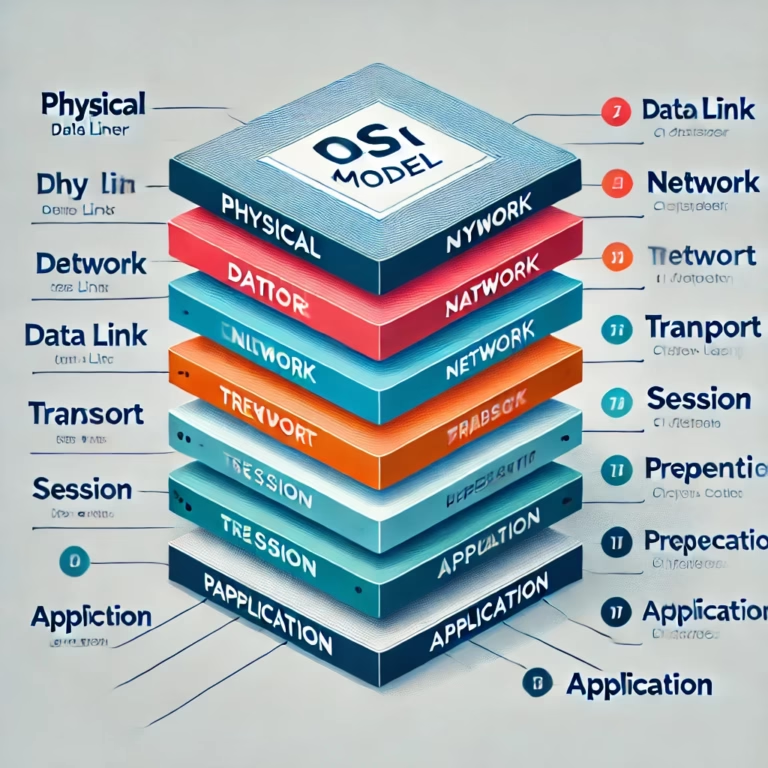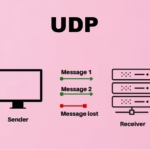If you’ve ever felt overwhelmed trying to understand networking concepts, you’re not alone. Networking can be complex, and for many of us, the terminology alone feels like a foreign language. But trust me, once we break it down, it all starts to make sense. Today, I want to take you on a journey to understand the OSI Model — the backbone of how computer networks work. By the end of this post, you’ll have a clear and simplified understanding of its seven layers.
Problem
Let’s start with the problem. When computers communicate with each other. It’s not as simple like sending a message across the street. There are protocols, processes, and layers that ensure everything happens idealy. Think about sending an email. It is not just a matter of typing and hitting send. Behind the scenes, a massive system kicks into gear to ensure that your message gets from your device to the recipient’s inbox.
But here is the issue — many of us find it difficult to grasp how all this works. Why? Because networking jargon and technical concepts often feel inaccessible to beginners. This can be frustrating, especially for students, IT professionals just starting, or even anyone curious about how the internet works.
The OSI Model, or the Open Systems Interconnection Model, was designed to simplify these complexities. It’s like a map that shows us how data moves from one point to another. Let’s dive into what the OSI Model is, why it matters, and how we can make it relatable.
Agitation
Imagine this: You’re in your first networking class or job, and the instructor or manager throws out terms like “Layer 2 switching” or “Layer 7 firewalls.” You’re nodding along, pretending to understand, but deep down, you’re completely lost. You might even start questioning if you’re cut out for this field. I’ve been there. It’s frustrating and can make you feel stuck.
Here’s the thing: the OSI Model isn’t just about memorizing layers. It’s about understanding what each layer does and why it exists. When we know the “why,” the “how” becomes a lot easier. Think of the OSI Model as a cheat sheet that helps us decode networking concepts without getting bogged down by unnecessary complexity.
The good news? Once we understand the OSI Model, those buzzwords and concepts start to make sense. It’s like learning the grammar of a new language. Suddenly, you’re not just parroting terms; you’re speaking the language of networking fluently.
Solution
So, how do we simplify the OSI Model? By breaking it down layer by layer and connecting it to real-world examples. Let’s start at the top and work our way down.
What Is the OSI Model?
The OSI Model is a conceptual framework that describes how data is transmitted between devices on a network. It has seven layers, each with a specific role. Think of it like a relay race — each runner (layer) has a job to do before passing the baton (data) to the next.
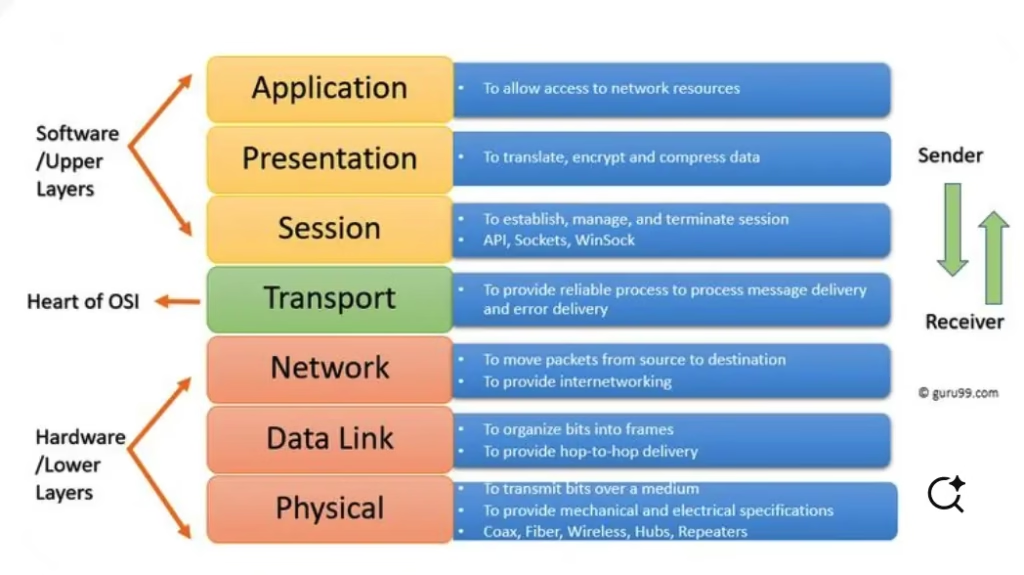
Here are the seven layers, starting from the top:
- Application Layer
- Presentation Layer
- Session Layer
- Transport Layer
- Network Layer
- Data Link Layer
- Physical Layer
Now, let’s break these down into plain English.
Layer 1: Physical Layer

This is the foundation. The Physical Layer deals with the actual hardware and transmission of raw data. It’s about cables, switches, and signals. Think of it as the roads and highways that cars (data) travel on.
Example: Ethernet cables, fiber optics, and even Wi-Fi signals all operate at this layer. It’s the layer responsible for converting digital data into electrical, light, or radio signals and vice versa.
Layer 2: Data Link Layer
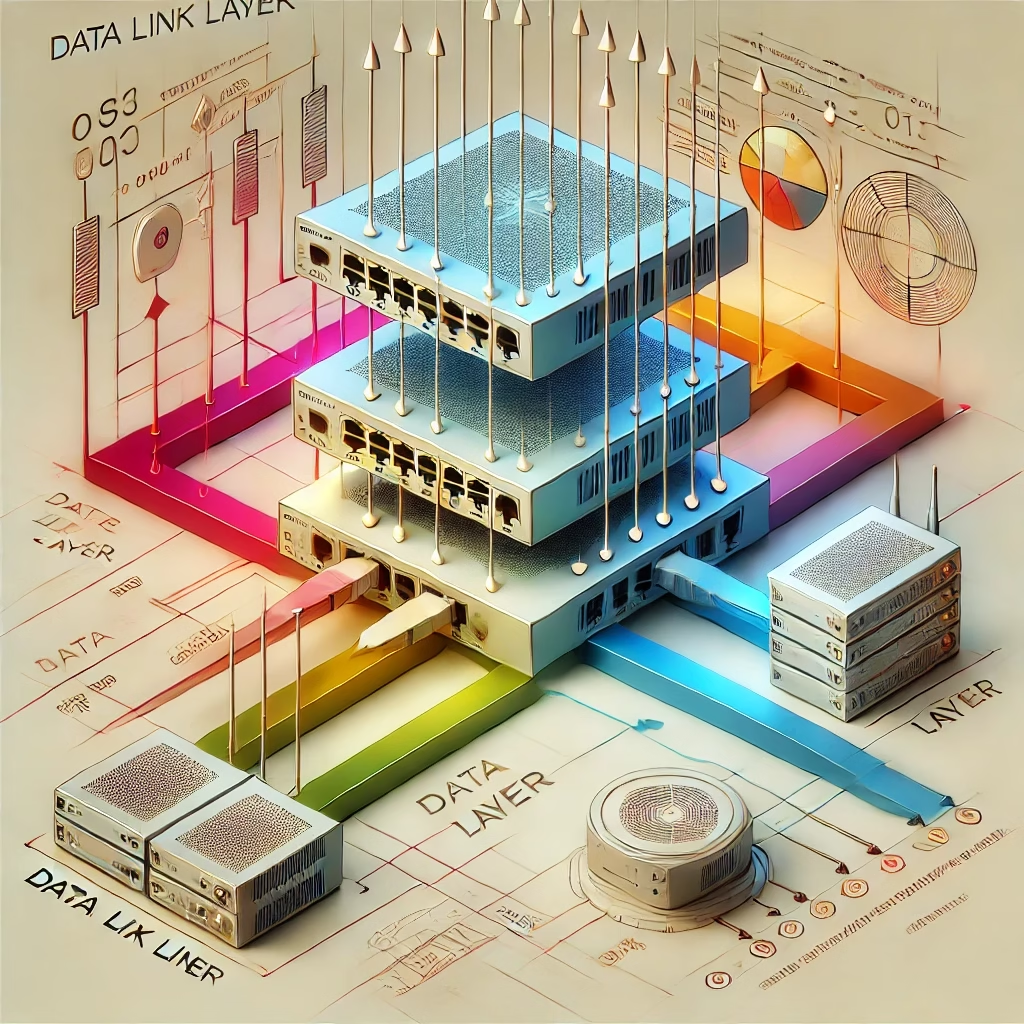
At this layer, we focus on how data is packaged for transmission. The Data Link Layer ensures that data is error-free and delivered to the correct device within a local network.
Example: When you connect your laptop to Wi-Fi, the Data Link Layer is responsible for ensuring your device communicates correctly with the router.
Key protocols: Ethernet and MAC (Media Access Control) addresses work at this layer.
Layer 3: Network Layer

The Network Layer is where things get interesting. It handles routing — determining the best path for data to travel across networks.
Example: When you visit a website, the Network Layer ensures your request reaches the server hosting that site, even if it’s on the other side of the world.
Key protocols: IP (Internet Protocol) and routers operate at this layer.
Layer 4: Transport Layer

This layer is all about reliability. The Transport Layer ensures that data is delivered in the right order and without errors. If there’s a problem, it’ll resend the data.
Example: When you stream a movie, the Transport Layer ensures that the video data arrives smoothly and in the correct sequence.
Key protocols: TCP (Transmission Control Protocol) and UDP (User Datagram Protocol).
Layer 5: Session Layer

The Session Layer manages connections. It establishes, maintains, and terminates sessions between devices.
Example: When you log in to a video conferencing app, the Session Layer ensures your session stays active while you’re in the meeting.
Layer 6: Presentation Layer
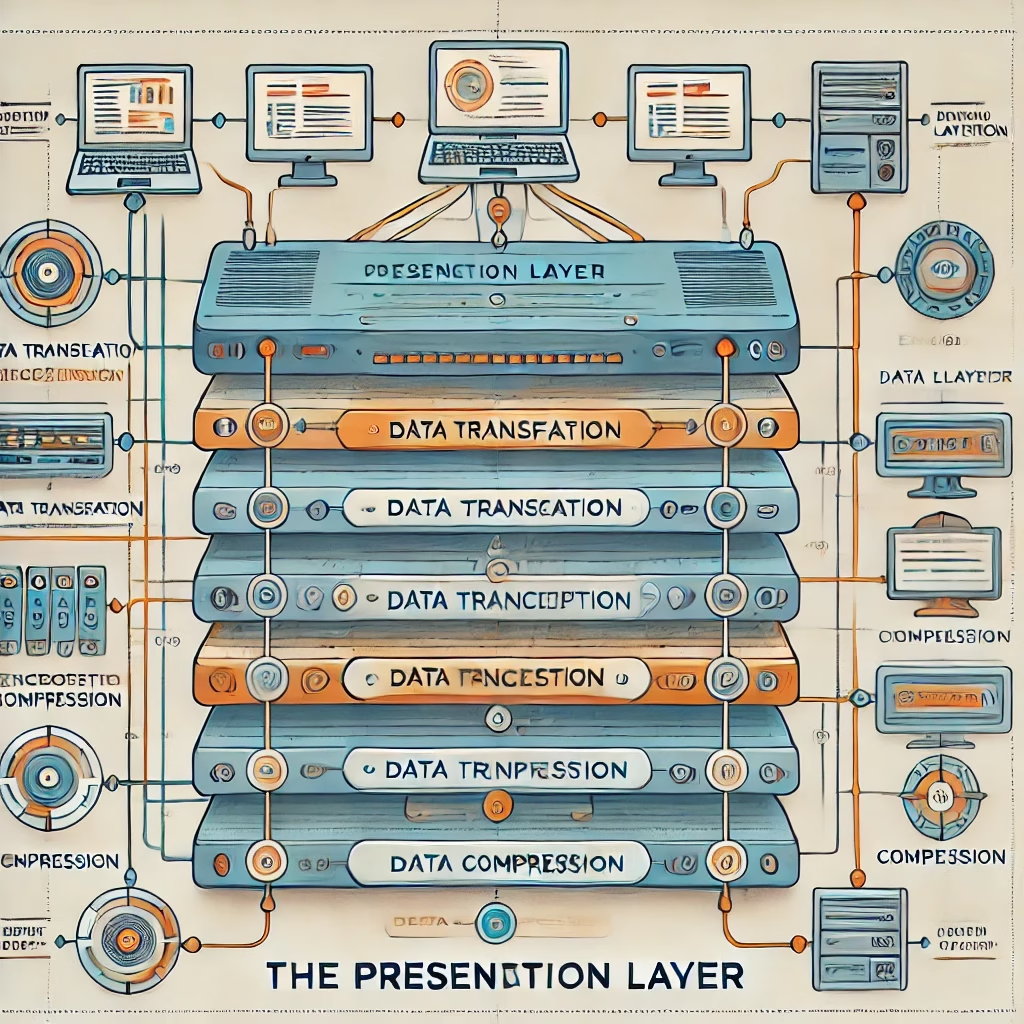
Think of the Presentation Layer as the translator. It ensures that data is in a format the application can understand. It’s also responsible for encryption and compression.
Example: When you send an encrypted email, the Presentation Layer handles the encryption and decryption.
Layer 7: Application Layer

Finally, we reach the Application Layer — the one we interact with directly. This layer provides the interface for users and applications to communicate with the network.
Example: Web browsers, email clients, and file transfer applications operate at this layer.
Why Does the OSI Model Matter?
Now that we’ve broken it down, let’s talk about why the OSI Model is important. First, it provides a universal language for networking. Whether we’re troubleshooting an issue or designing a network, the OSI Model helps us pinpoint where things are happening.
Second, it’s foundational knowledge. Understanding the OSI Model gives us the tools to grasp more advanced networking concepts, like VLANs, VPNs, and firewalls. It’s the building block for everything else in the field.
Lastly, the OSI Model helps us troubleshoot. Let’s say your internet isn’t working. By applying the OSI Model, we can systematically figure out if the problem is at the Physical Layer (e.g., a loose cable) or the Network Layer (e.g., an IP conflict).
Real-World Application: A Case Study
Let’s bring this to life with a real-world example. In 2021, a major cloud service provider experienced an outage that affected millions of users. By analyzing the issue through the OSI Model, engineers identified the problem at the Network Layer. Specifically, a misconfigured routing table caused data packets to be dropped, leading to widespread connectivity issues.
Here’s how they solved it:
- Physical Layer: Checked the hardware to ensure everything was functioning correctly. No issues here.
- Data Link Layer: Verified local network connections. Again, no problems.
- Network Layer: Identified the misconfigured routing table and corrected it.
- Transport Layer: Ensured that data flow resumed smoothly.
By working through the OSI Model, the team was able to isolate and fix the issue efficiently.
Conclusion
Understanding the OSI Model doesn’t have to be intimidating. By breaking it down into layers and connecting it to real-world examples, we can see how it simplifies networking concepts. Whether you’re a beginner or just brushing up on your knowledge, the OSI Model is a tool that helps us navigate the complex world of networking with confidence.
Now it’s your turn. Think about how the OSI Model applies to your daily interactions with technology. The next time you stream a video, send an email, or troubleshoot a network issue, you’ll know exactly what’s happening behind the scenes.

